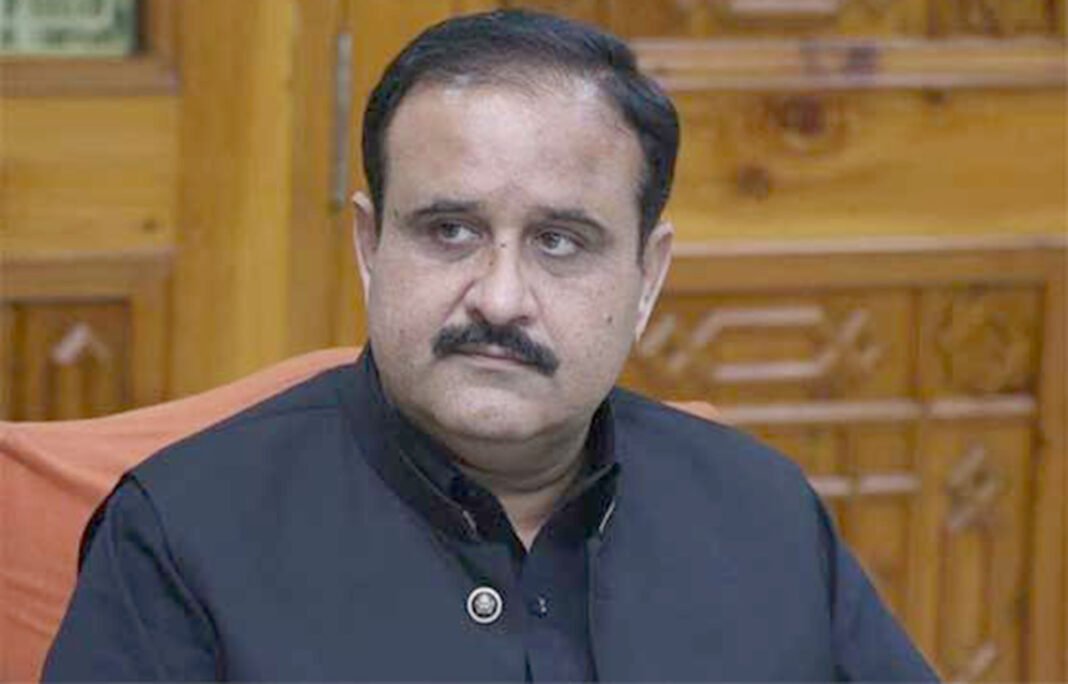Cricket is more than just a sport; it is a cultural phenomenon that binds millions of people across the globe. With its rich history, diverse formats, and passionate fanbase, cricket has earned its place as one of the most widely played and followed sports worldwide. This essay delves into the origins, evolution, and global appeal of cricket, exploring the reasons behind its immense popularity and the factors that make it a dominant sport on the international stage.
1. The Origins of Cricket: A Historical Perspective
Cricket traces its roots back to 16th-century England, where it began as a children’s game in the rural southeastern counties. By the late 17th century, it had evolved into a recognized sport, with organized matches being played by adults. The establishment of the Marylebone Cricket Club (MCC) in 1787 was a pivotal moment in cricket history, as the MCC became the custodian of the Laws of Cricket, standardizing the rules of the game.
- The Spread of Cricket During the British Empire
One of the main reasons for cricket’s global reach was its propagation during the British colonial era. The British introduced cricket to countries like India, Australia, South Africa, and the Caribbean, where it took root and flourished. Today, these nations are among the powerhouses of international cricket, showcasing how the sport transcended its English origins to become a global phenomenon.
2. Why Cricket Is the Most Played Sport Worldwide
Several factors contribute to cricket’s position as one of the most widely played and loved sports globally. From its accessibility to its diverse formats, cricket appeals to players and fans of all ages and backgrounds.
- Accessibility and Adaptability
Cricket is a versatile game that can be played with minimal equipment, making it accessible to people in both urban and rural areas. A simple bat and ball are often enough to set up an impromptu game, and variations like gully cricket or street cricket require no formal infrastructure. This adaptability has contributed significantly to its popularity in countries like India, Pakistan, and Sri Lanka.
- Cultural Significance
In countries such as India, cricket is more than a sport—it is a way of life. It unites people across diverse regions, languages, and socioeconomic backgrounds. Major cricket tournaments, such as the Indian Premier League (IPL) or the ICC Cricket World Cup, are treated as national festivals, with millions tuning in to watch matches.
- Global Influence and Role Models
The rise of cricketing legends like Sachin Tendulkar, Virat Kohli, Muttiah Muralitharan, and Sir Donald Bradman has inspired generations of players and fans. These icons have not only elevated the game’s status but also attracted new audiences, further cementing cricket’s global appeal.
- Diverse Formats for Diverse Audiences
One of cricket’s unique strengths lies in its range of formats. From the traditional five-day Test matches to the high-octane T20 games, cricket caters to varying preferences and attention spans. The shorter formats, such as One Day Internationals (ODIs) and T20s, have played a crucial role in popularizing the game among younger audiences and in non-traditional cricketing nations.
3. The Role of International Tournaments
Global tournaments are the lifeblood of cricket’s international appeal. Events like the ICC Cricket World Cup, ICC T20 World Cup, and regional tournaments such as the Asia Cup or the Ashes series draw massive viewership and generate intense rivalries that captivate fans worldwide.
- The ICC Cricket World Cup
The ICC Cricket World Cup, held every four years, is one of the most anticipated sporting events globally. It brings together the best teams from around the world, showcasing thrilling performances and fostering a sense of global camaraderie.
- The IPL and Franchise Cricket
The advent of franchise-based cricket leagues, particularly the Indian Premier League (IPL), has revolutionized the sport. The IPL has not only provided a platform for young talent but has also attracted international stars, creating a melting pot of cultures and playing styles.
- Bilateral Series and Historic Rivalries
Bilateral series, such as the India-Pakistan matches or the Ashes (England vs. Australia), are steeped in history and emotion. These rivalries add a layer of excitement and draw millions of viewers, further fueling cricket’s global popularity.
4. The Role of Technology and Media in Cricket’s Growth
Technology and media have played a transformative role in bringing cricket closer to fans and enhancing their experience.
- Live Broadcasting and Streaming
The advent of live broadcasting and online streaming has made cricket accessible to a global audience. Platforms like Disney+ Hotstar, Willow TV, and Sky Sports enable fans to watch matches from anywhere, breaking geographical barriers.
- Social Media and Fan Engagement
Social media platforms like Twitter, Instagram, and YouTube have revolutionized how fans interact with the sport. Cricketers now have direct connections with their fans, sharing insights into their lives and careers. Hashtags, live tweets, and memes during matches create a sense of community among fans.
- Data Analytics in Cricket
Technology has also impacted the game itself. Data analytics, player performance tracking, and tools like Hawk-Eye and DRS (Decision Review System) have made the sport more competitive and engaging.
5. Cricket as a Unifying Force
One of cricket’s most remarkable attributes is its ability to unite people across cultures and nations.
- Cricket Diplomacy
Cricket has often been a tool for diplomacy, fostering goodwill between countries. Matches between India and Pakistan, for instance, serve as a platform for dialogue and mutual respect, even amidst political tensions.
- Grassroots Initiatives
Organizations like the International Cricket Council (ICC) and various national boards invest heavily in grassroots programs to nurture young talent and spread the game to non-traditional markets. This has led to the rise of cricket in countries like Afghanistan, Nepal, and Ireland.
6. Challenges and Opportunities in Cricket’s Global Expansion
While cricket enjoys immense popularity, it also faces challenges in expanding its global footprint.
- Competition from Other Sports
In countries like the United States, football (soccer), basketball, and baseball dominate the sporting landscape. Cricket boards must innovate to capture new audiences in such regions.
- Infrastructure Development
For cricket to thrive in emerging markets, investment in infrastructure—such as stadiums, training facilities, and coaching programs—is crucial.
- Women’s Cricket
The growth of women’s cricket presents a significant opportunity. Increased investment, media coverage, and tournaments like the ICC Women’s T20 World Cup have already begun to elevate the profile of women’s cricket, attracting a broader audience.
7. Conclusion: The Timeless Appeal of Cricket
Cricket’s journey from the fields of England to becoming a global sport is a testament to its universal appeal and adaptability. Its rich history, thrilling matches, iconic players, and ability to bring people together have solidified its status as one of the most played and loved sports worldwide.
As cricket continues to evolve, embracing technology and expanding into new markets, its future looks brighter than ever. With its unmatched ability to unite people across borders and cultures, cricket will remain a powerful force in the world of sports for generations to come.


